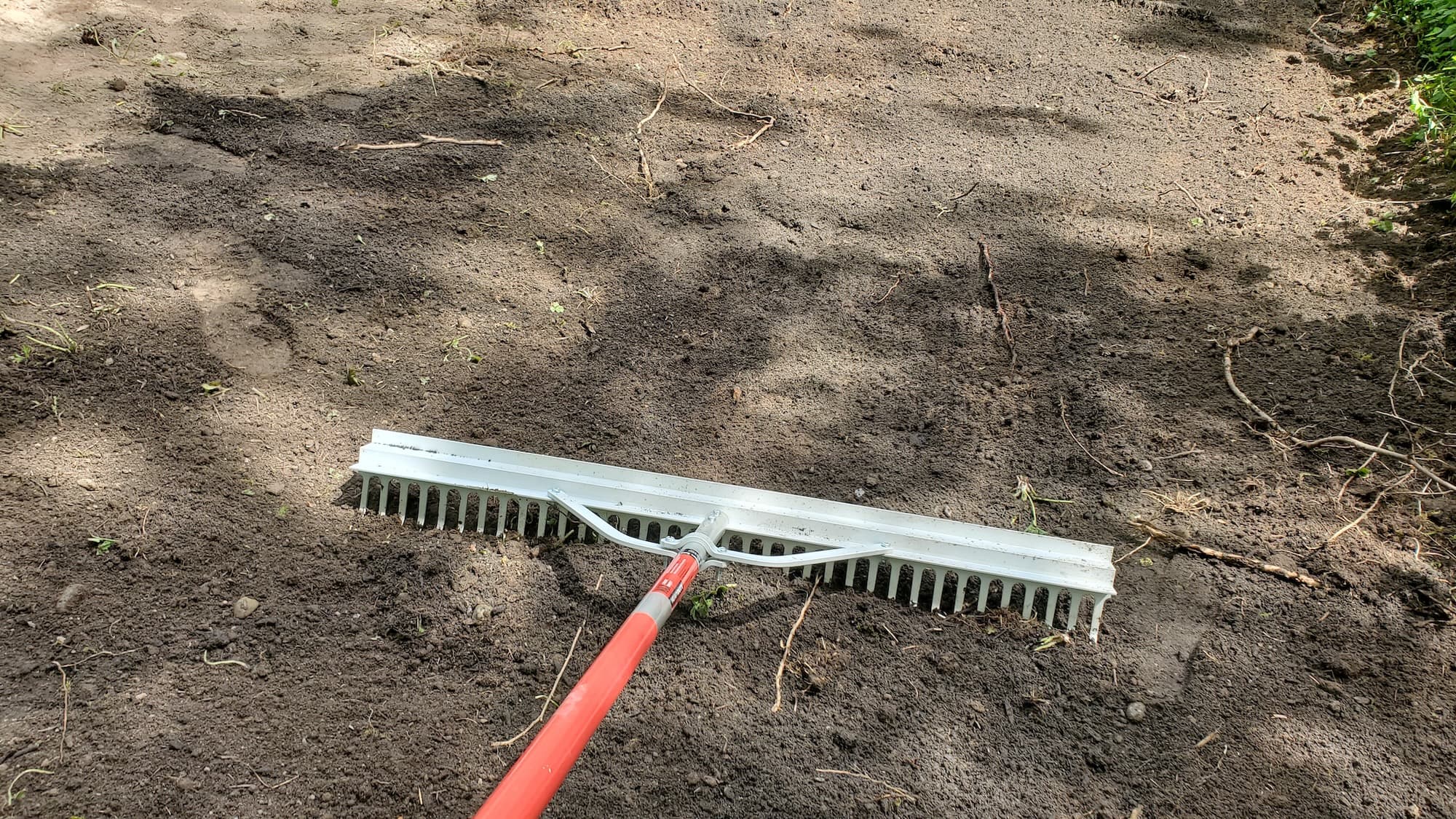Gravel Path Lighting Integration
Homeowner’s Issue
Gravel yards in Gravel face a familiar set of Pacific Northwest challenges: high annual rainfall, compacted clay-loam soils, shaded corners that favor moss, and seasonal weed pressure. Many homes sit on modest slopes that funnel runoff onto paths or into garden beds, making drainage and surface stability primary concerns. Sunny exposures tend to dry and wash gravel, while shaded zones hold moisture and invite moss or ivy to creep in. Homeowners want safe, low-maintenance paths that handle winter storms, reduce muddy shoes, and still look tidy year-round.
Typical needs include better nighttime visibility for access and safety, edging to keep gravel contained, and solutions that don’t create more maintenance work. Sustainable choices—permeable gravel, proper sub-base, landscape fabric where appropriate, and solar or low-voltage LED lighting—address both drainage and curb appeal without relying on chemical herbicides. In Gravel and neighboring areas like West Seattle and Burien, a practical lighting plan must also consider how rain and moss affect fixture placement and long-term serviceability.
Our Quality Service
We design and install path lighting that works with Gravel’s climate and soil, not against it. We start with a site visit to assess slope, drainage, sun/shade patterns, and existing gravel condition. Then we recommend and install solar or low-voltage LED fixtures mounted to resist moisture and settle into gravel without creating trip hazards. We use permeable base prep and, when needed, landscape fabric under borders to reduce weed pressure—always choosing manual and organic methods for weed control.
Benefits:
- Better nighttime safety and visibility
- Improved curb appeal with low-maintenance fixtures
- Enhanced drainage and reduced erosion on sloped paths
- Sustainable materials and no herbicides used
What’s Included
- Site assessment and fixture layout
- Permeable base preparation and leveling of existing gravel
- Installation of solar or low-voltage LED path lights
- Edging installation where needed to contain gravel
- Final testing, positioning, and homeowner walkthrough
Options / Upgrades:
- Mulch + landscape fabric at adjacent beds
- Organic weed control and manual edging maintenance
- Additional decorative stones or refill of gravel
- Haul-away of old material vs. green-bin composting for organics
Before & After / Expectations
Expect some short-term disruption: light digging, minor noise from hand tools or a compacting plate, and temporary piles of gravel or soil. Work areas will be kept tidy each day, and major debris is hauled from site. Access through gates or side yards helps speed work.
Care tips for Gravel yards:
- Rake gravel annually to redistribute and remove compacted spots.
- Hand-pull weeds or use mechanical removal; avoid herbicides.
- Clear leaves and moss from light fixtures and solar panels to keep output high.
- On slopes, monitor gravel movement after heavy rains and add material as needed.
FAQs
How long will installation take?
Most residential paths are completed in one day; larger or sloped projects may take 1–2 days.
Do you use electricity or solar?
We install both solar and low-voltage LED options; choice depends on shade, homeowner preference, and maintenance goals.
Will lighting affect drainage?
Properly installed fixtures and a permeable base help preserve drainage. We avoid sealing surfaces that would cause runoff.
Do you use herbicides for weed control?
No. We rely on manual removal, mulching, fabric where appropriate, and organic practices only.
What maintenance is needed?
Occasional raking, cleaning solar panels, and topping up gravel every few years keeps paths in good shape.
Call to Action
Ready to make your Gravel pathway safer and low-maintenance? Book a free estimate with a local crew who understands West Seattle and Burien conditions. Fast scheduling, reliable results, and sustainable methods — email neatandtidyseattle@gmail.com to get started.










